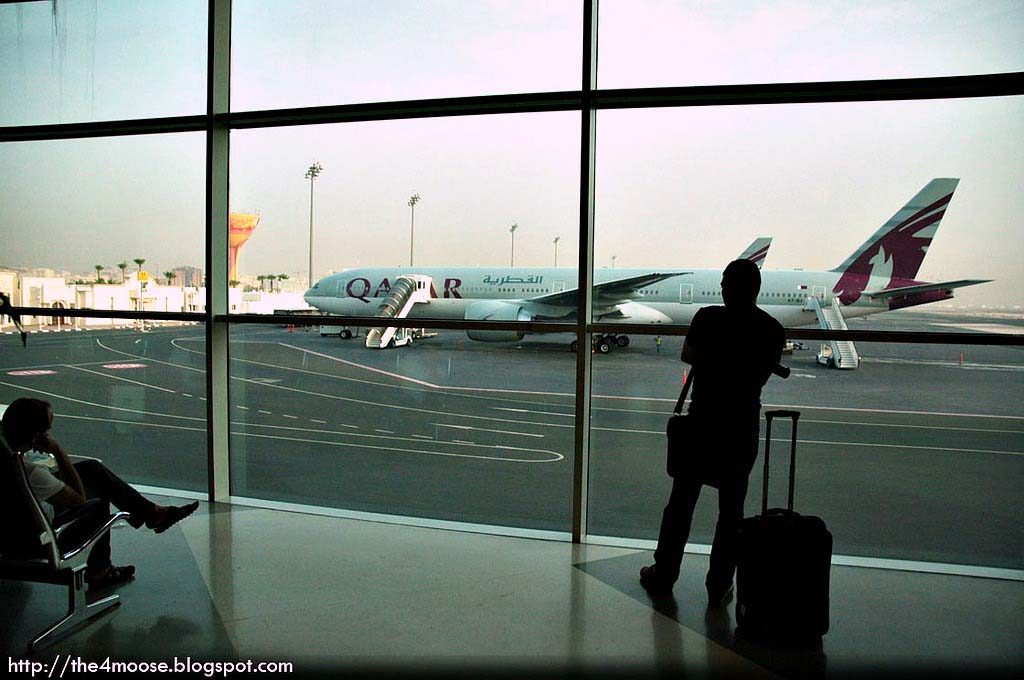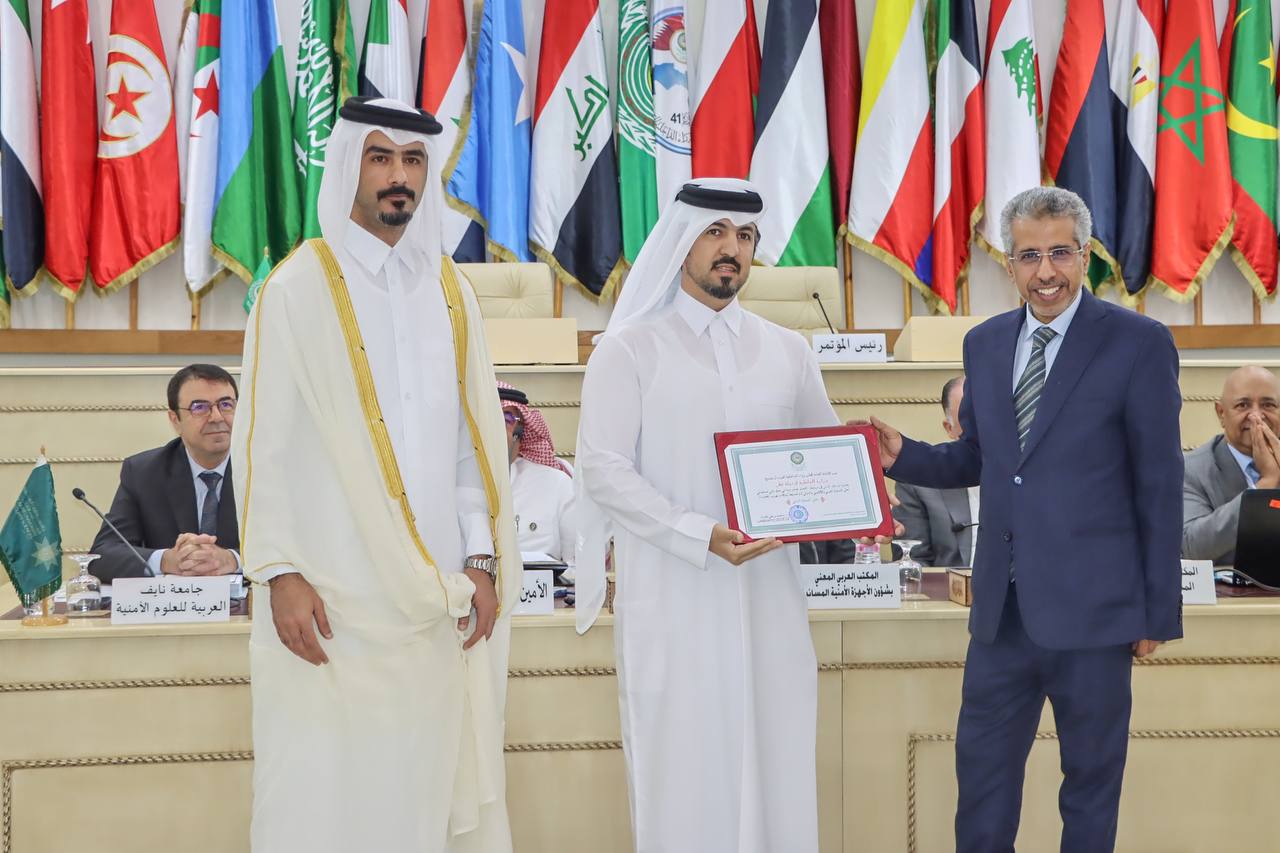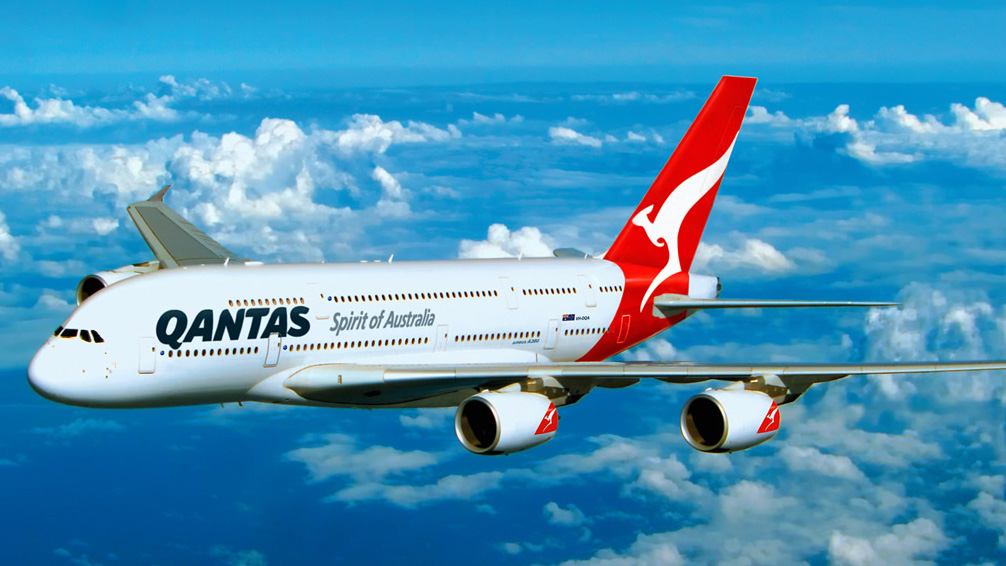
Airport customs inspectors have reportedly been making nearly one drug seizure a day as Qatar continues to grow in popularity as a destination and transit point for narcotics smugglers.
According to the Peninsula, authorities recorded 340 seizures at Doha International Airport and Hamad International Airport (HIA) in 2014.
While the numbers reflect an increase on previous reports of approximately 280 seizures in 2011 and 2013, it’s not clear if the figures are directly comparable.

Many estimates surface via interviews with various officials, rather than official reports, and often include maritime seizures and those made at Qatar’s land border with Saudi Arabia.
The Gulf Times reported late last year that Qatar’s General Authority of Customs made 1,500 total seizures in 2013, nearly half of which were related to various forms of “commercial fraud.” Drugs, alcohol, tobacco and firearms made up the rest.
One reason for the increase may be that local authorities are simply catching more contraband that previously went by undetected. The US government says Qatar in recent years has improved its enforcement capabilities while placing more emphasis on interdiction.
More attempts
However, many security experts also say that attempts to smuggle drugs through and into Qatar has been rising in recent years, despite the country’s harsh penalties.
Because Qatar Airways’ business model is based heavily on increasing the number of travelers who transit through Doha, more criminals inevitably pass through the country amid the millions of legitimate passengers that HIA sees each month.
Qatar’s growing wealth has also made it more attractive as both a destination market and transit point for smugglers, experts have previously said.
“It’s a very small amount that they have seized in Qatar, but we can see from recent activity that Qatar is a new route for drug traffickers from Brazil and Argentina, among other countries, who are using the route to expand their illicit trade in the Gulf region,” Johan Obdola, president of the Vancouver-based International Organisation for Security and Intelligence, told the Peninsula in 2013.
“If you mention Dubai and Kuwait to anyone in the underworld, people say it’s money. And where there is money, there is opportunity for criminal activity,” he added.

Officials have previously said much of the drugs seized, particularly cocaine, originates in South America.
However, that region is far from the only source.
In recent weeks, local authorities found 17kg of marijuana in the luggage of a passenger coming from Asia. Meanwhile, Nigerian police reportedly caught an individual with pot and heroin before he could board a Qatar Airways flight to China this week.
Hashish is the most common drug seized locally, officials have said.
Interception methods
While some countries use detector dogs and specially trained enforcement officers to screen high-risk flights for suspicious travelers, there are few visible clues of the tools used by authorities in Qatar beyond X-raying of bags and a high-tech security vehicle unveiled last year.
Officers have previously suggested they visually monitor travelers and have referred to being tipped off by a passenger’s “nervous behavior.”
They’ve also been alerted to suspected drug smugglers by Qatar Airways staff, who have previously reported when a passenger refuses to eat or drink on a long flight.
In one instance, an individual was eventually found to have swallowed drugs – likely wrapped in condoms or other material – to avoid detection.
Thoughts?







